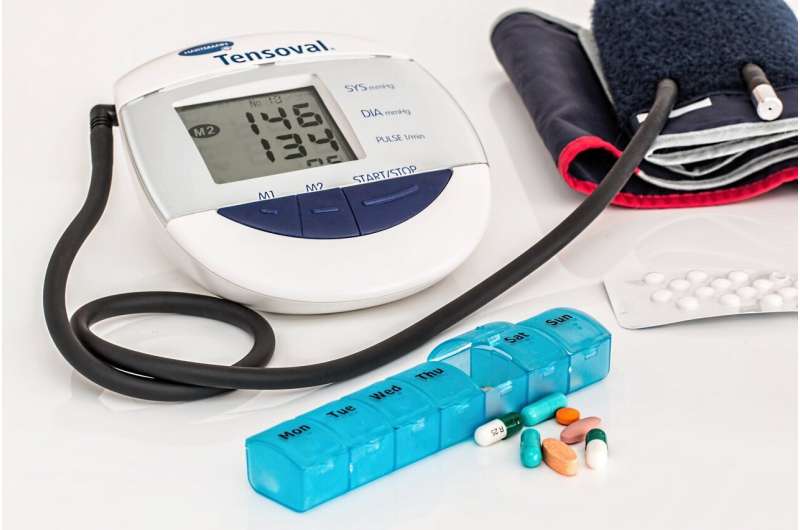Rising Prevalence of Coexisting Hypertension and Type 2 Diabetes in U.S. Adults: A Growing Public Health Concern

A comprehensive study reveals a doubling in the prevalence of coexisting hypertension and type 2 diabetes among U.S. adults, significantly increasing mortality risk and underscoring the need for improved prevention and management strategies.
A recent study conducted by Columbia University Mailman School of Public Health highlights a troubling increase in the number of U.S. adults living with both hypertension and type 2 diabetes (T2D). The research reveals that these concurrent conditions significantly elevate the risk of mortality from all causes, especially cardiovascular diseases. Analyzing data from nearly 49,000 adults over two decades (1999–2018), the study found that the prevalence of coexisting hypertension and T2D doubled from 6% to 12%, disproportionately affecting older adults, individuals with lower income and education levels, and ethnic minorities such as non-Hispanic Black and Hispanic populations. Mortality rates were notably higher among those with both conditions, with about one-third of participants with coexisting hypertension and T2D dying within the median follow-up period of 9.2 years. The risk of death from any cause was doubled, and the likelihood of cardiovascular mortality was tripled compared to individuals without these conditions. Even prediabetes combined with elevated blood pressure posed a considerable risk, with up to 19% increased mortality. The findings underscore the urgent need for comprehensive public health strategies focusing on early detection, prevention, and management of these interconnected cardiometabolic risks to improve health outcomes and extend healthy lifespan. The study emphasizes routine screening for blood pressure and blood glucose levels, especially in high-risk communities, and advocates for integrated intervention approaches to curb this escalating health issue.
Stay Updated with Mia's Feed
Get the latest health & wellness insights delivered straight to your inbox.
Related Articles
Advanced Bat Organoid Platform Enhances Pandemic Preparedness Through Novel Virus Research
A newly developed comprehensive bat organoid platform enables detailed study of zoonotic viruses, advancing pandemic preparedness and virus research through scalable, multi-species tissue models.
Huntsman Cancer Institute Expands Proton Therapy Capacity to Enhance Cancer Care in the Mountain West
Huntsman Cancer Institute is expanding its Proton Therapy Center, doubling treatment capacity to improve access to precision cancer care across the Mountain West region including Utah, Idaho, Montana, Nevada, and Wyoming.



